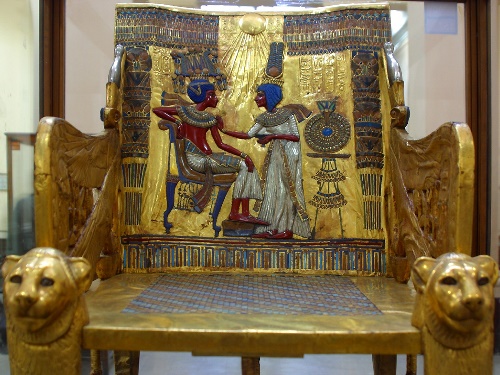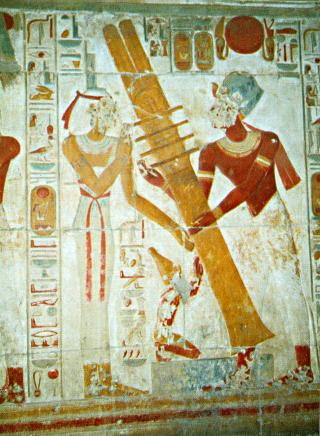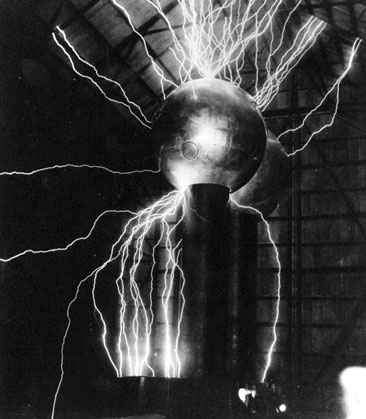|
Ancient Electricity Part Four |
||||||||||
|
||||||||||
| Item # 001 - Staffs of Power
The Ankh, symbol of life, holding the Was, symbol of power, one in each hand. Text to follow soon.... |
||||||||||
Item # 002 - The Coffin of Henettawy
|
||||||||||
Item # 003 - Dial Home Device
|
||||||||||
Item # 004 - The Djed - Pillar of
Power and Stability
|
||||||||||
| Item # 005 - The Sistrum Musical Instrument or Sonic Levitator?
|
||||||||||
|
.
"Art Image based on the text and a painting illustrating Chapter 16 from the Egyptian Book of the Dead as depicted in the Papyrus of the scribe Ani. The text deals with praising the god Osiris, explaining how Osiris overcame adversity to rise up at dawn from the underworld of the duat with renewed life lasting forever. The goddeses Isis (left) and Nephthys (right) praise the djed pillar which symbolizes the endurance of Osiris in the afterlife. The djed is surmounted by the ankh, symbol for life, shown with the arms of ka, or life energy which lifts up re, which is the divine aspect of the sun." - Kenny Zen Djed Power Generator Image of an Egyptian Van de Graaff generator. Isis and Nephthys at the bottom sit on the sign for gold, nebu, which is a superior power conductor. The djed column means stability, acting as a stable base for the generator, the term possibly also meaning "insulator" in this context. The ankh means the power of life, or electrical power. The round symbol is the solar disk, or a source of light, as the case may be. The current understanding of the ankh and solar disk as merely symbolic of life is the result of a degeneration of ancient Egyptian thought, where superstition had taken the place of science. - Source: Mysterious World E L E C T R I C I T Y The most illuminating evidence of Egyptian knowledge of electricity comes from the Temple of Hathor in Denderah, Egypt in the form of a mysterious relief that appears to depict what could only be a massive lightbulb Electrical engineers have studied the design and determined that the carvings on the temple walls actually represent a type of lightbulb called a Crookes tube. Chris Dunn explains in his seminal work, "The Giza Power Plant"; When the [Crookes] tube is in operation, the ray originates where the cathode electrical wire enters the tube to the opposite end. In the temple picture, the electron beam is represented as an outstretched serpent. The tail of the serpent begins where a cable from the energy box enters the tube, and the serpent's head touches the opposite end. In Egyptian art, the serpent was the symbol of divine energy.... The Temple picture shows one tube, on the extreme left of the picture, to be operating under normal conditions. But with the second tube, situated closest to the energy box to the right, an interesting experiment has been portrayed. Michael R. Freeman, an electric and electromagnetic engineer, believes that the solar disc on Horus' head is a Van de Graaf generator, an apparatus which collects static electricity. A baboon is portrayed holding a metal knife between the Van de Graaf-solar disc and the second tube. Under actual conditions, the static charge built up on the knife from the generator would cause the electron beam inside the Crookes tube to be diverted from the normal path, because the negative knife and negative beam would repel each other. In the temple picture, the serpent's head in the second tube is turned away from the end of the tube, repulsed by the knife in the baboon's hand. According to Dunn, all aspects of
the Denderah reliefs correspond exactly to modern
electrical specifications. The bulb size and shape,
the position of the elements relative to each other,
and even the wiring patterns and insulators all
match their modern counterparts. The arrangement and
variations in the examples of how to manipulate the
electrical energy of the bulb is also strongly
reminiscent of modern scientific diagrams, the only
major difference being the use of symbolic imagery,
such as gods and animals, to communicate certain
concepts. - Source:
Mysterious
World
The very first (modern) Van de Graaf generator, created by Dr. Robert J. Van de Graaff, an MIT professor. It was used originally as a research tool in atom-smashing and high energy X-ray research. Used by the Egyptian priesthoods in their rituals, its psychological effect must have been awesome indeed. |
||||||||||
|
|
||||||||||
| FAIR USE NOTICE: This page contains copyrighted material the use of which has not been specifically authorized by the copyright owner. Pegasus Research Consortium distributes this material without profit to those who have expressed a prior interest in receiving the included information for research and educational purposes. We believe this constitutes a fair use of any such copyrighted material as provided for in 17 U.S.C § 107. If you wish to use copyrighted material from this site for purposes of your own that go beyond fair use, you must obtain permission from the copyright owner. | ||||||||||
| ~ MENU ~ |












